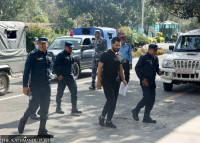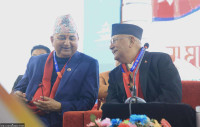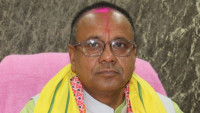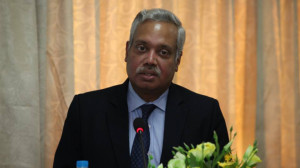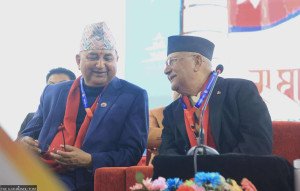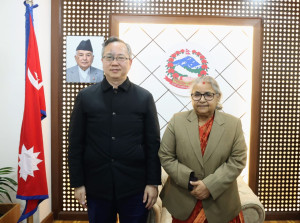National
Palpa keeps alive 206-year-old Bhagawati Jatra commemorating Nepali victory over British forces
The historical festival born from Colonel Ujir Singh Thapa’s battlefield vow, commemorates Nepal’s triumph at Jitgadhi Fort in 1815.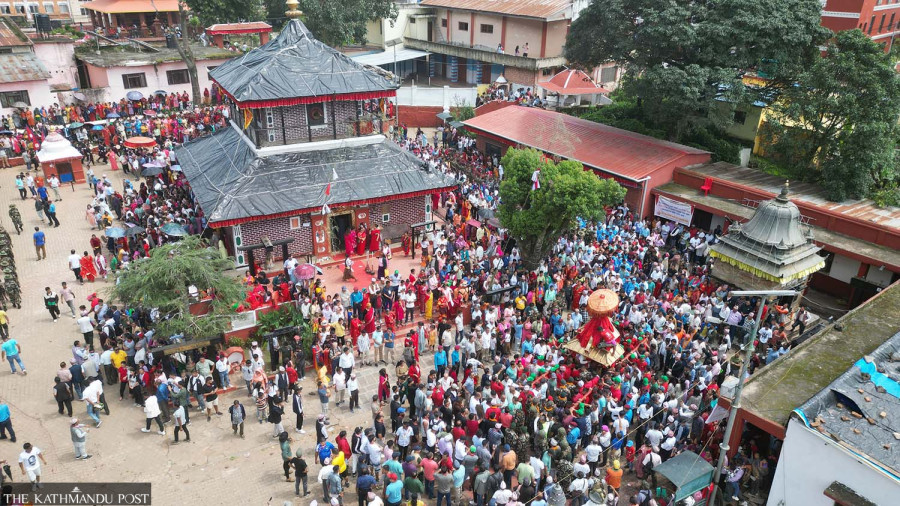
Madhab Aryal
Each year on Bhadra Krishna Navami (this year on August 17), the historic town of Tansen, Palpa, comes alive with the Bhagawati Jatra, a chariot procession that has endured for over two centuries.
The organising committee last week held a meeting with local politicians, municipality officials, various organisations, business community representatives and civil society members to make the annual event successful.
The Lumbini provincial government every year announces a public holiday for the entire Palpa district to mark the Bhagawati Jatra.
The celebration marks Nepal’s victory over British forces during the Anglo-Nepal War, led by Colonel Ujir Singh Thapa at Jitgadhi Fort on 17 April 1815.
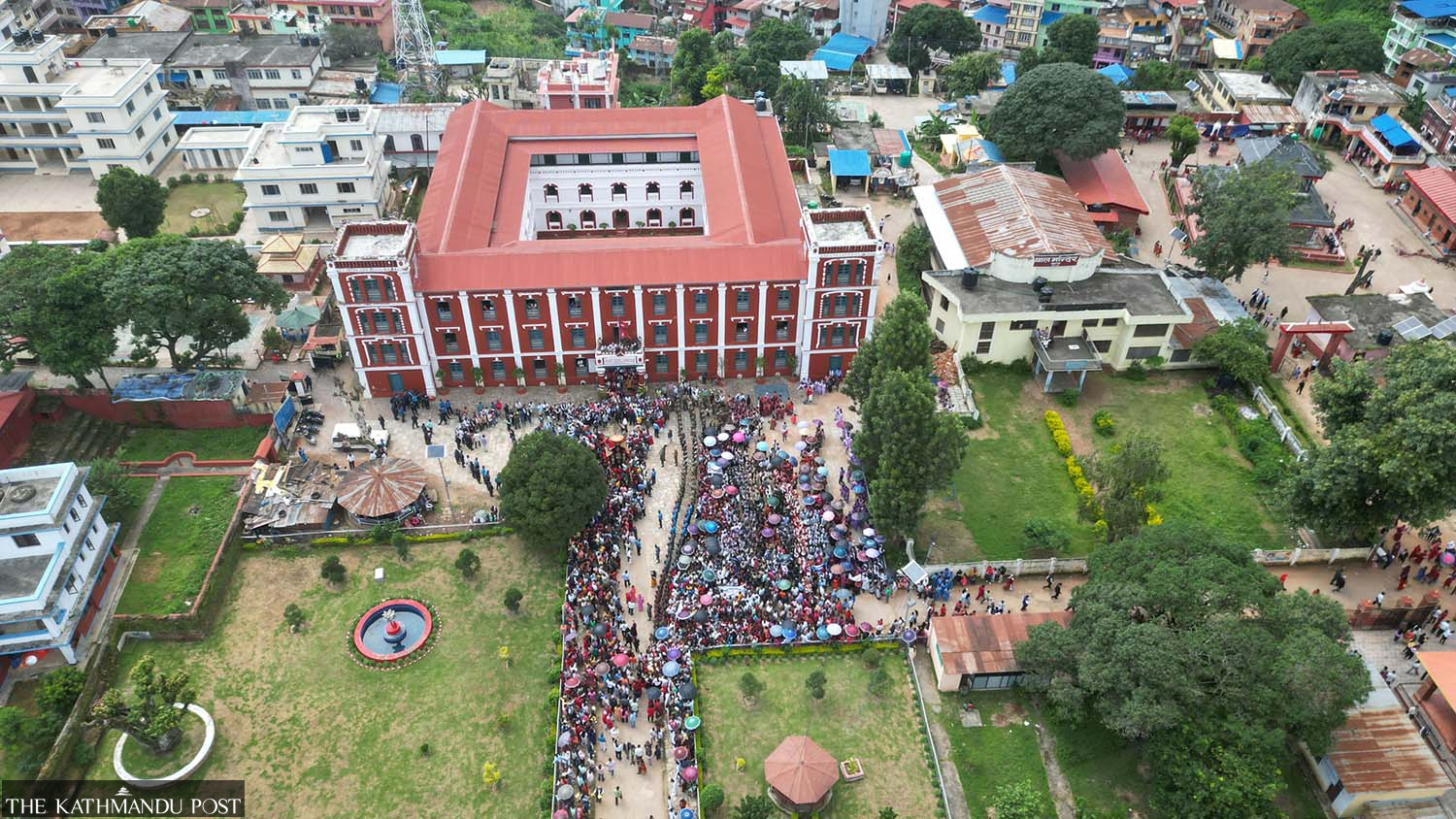
The festival’s origins trace back to a personal vow made by Thapa, who, before battle, prayed to Ranujirweshwari Bhagawati for victory.
According to legend, he promised to construct a temple and organise an annual jatra if Nepal emerged victorious. After defeating British troops and forcing them to retreat towards Gorakhpur, India, Thapa fulfilled his pledge.
The three-storey Bhagawati temple in Tansen, the district headquarters of Palpa, built between 1815 and 1819, stands as a symbol of that victory.
In August 1820, the first chariot procession circled the market, launching what would become one of Nepal’s most enduring patriotic traditions.
“From 1820 to now, the Bhagawati Jatra has continued without interruption,” said Ashok Maharjan, chair of the festival’s Guthi Management Committee. “It is a reminder of our sovereignty, our history, and our cultural resilience.”
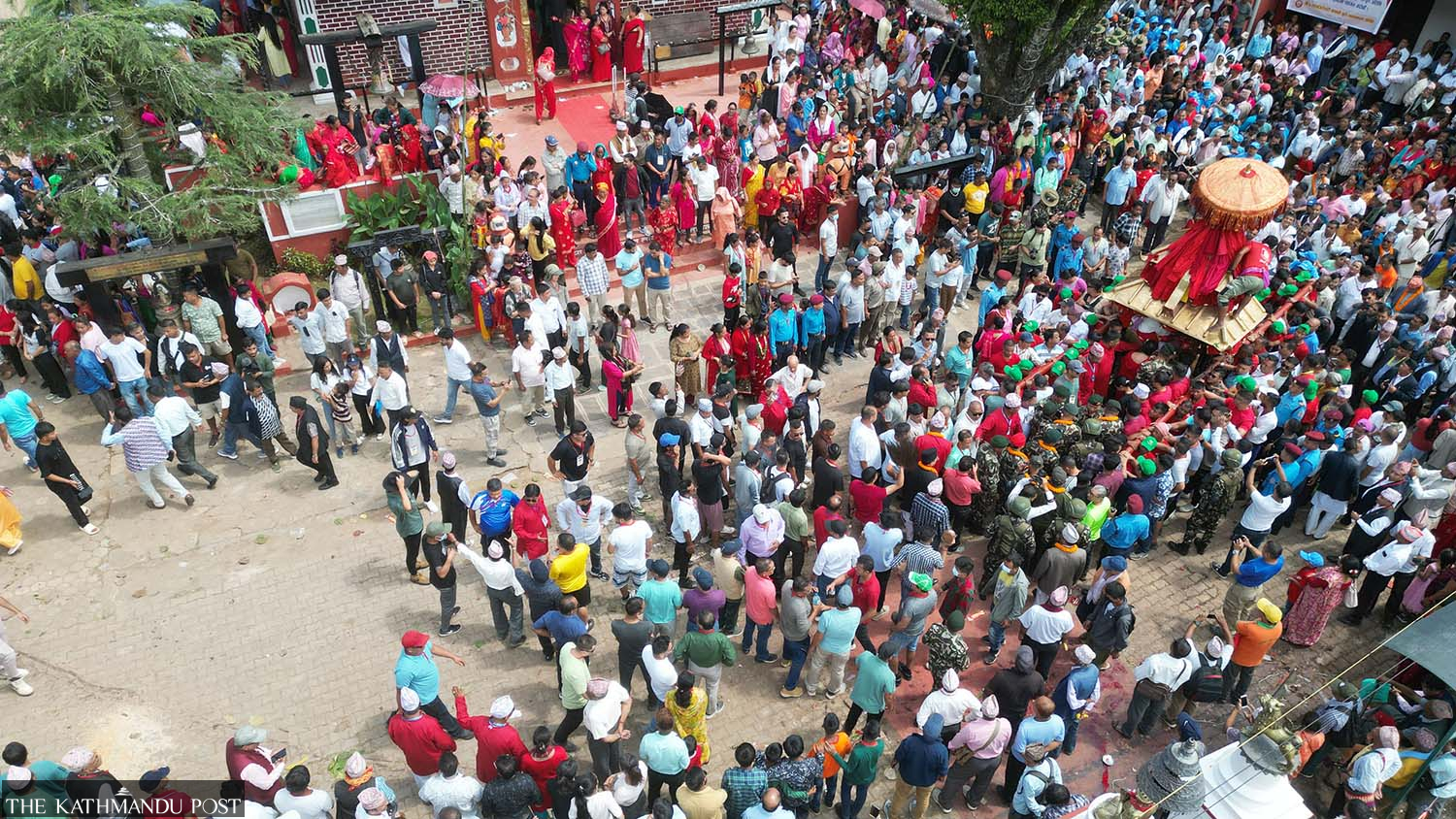
According to historians, the Battle of Jitgadhi was part of a broader British strategy to weaken Nepal’s western influence. After the fall of key forts like Nalapani and Jaithak, the British eyed Palpa, aiming to sever Nepal’s western connections.
However, Thapa’s tactical ambush on British forces at the Tinau River—aided by local knowledge and terrain—proved decisive. The British, under General John Sullivan Wood, were forced to withdraw after suffering losses.
Colonel Thapa, the grandson of the famed Amar Singh Thapa and nephew of prime minister Bhimsen Thapa, later became administrator of Palpa.
His childhood in Kathmandu, influenced by festivals like Indra Jatra and Kumari Jatra, inspired him to establish a similar cultural tradition in the mid-western hills.
“Thapa combined military strategy with cultural legacy,” said historian Rajendra Gopal Singh. “The Bhagawati Jatra serves as both a religious vow and a declaration of national pride.”
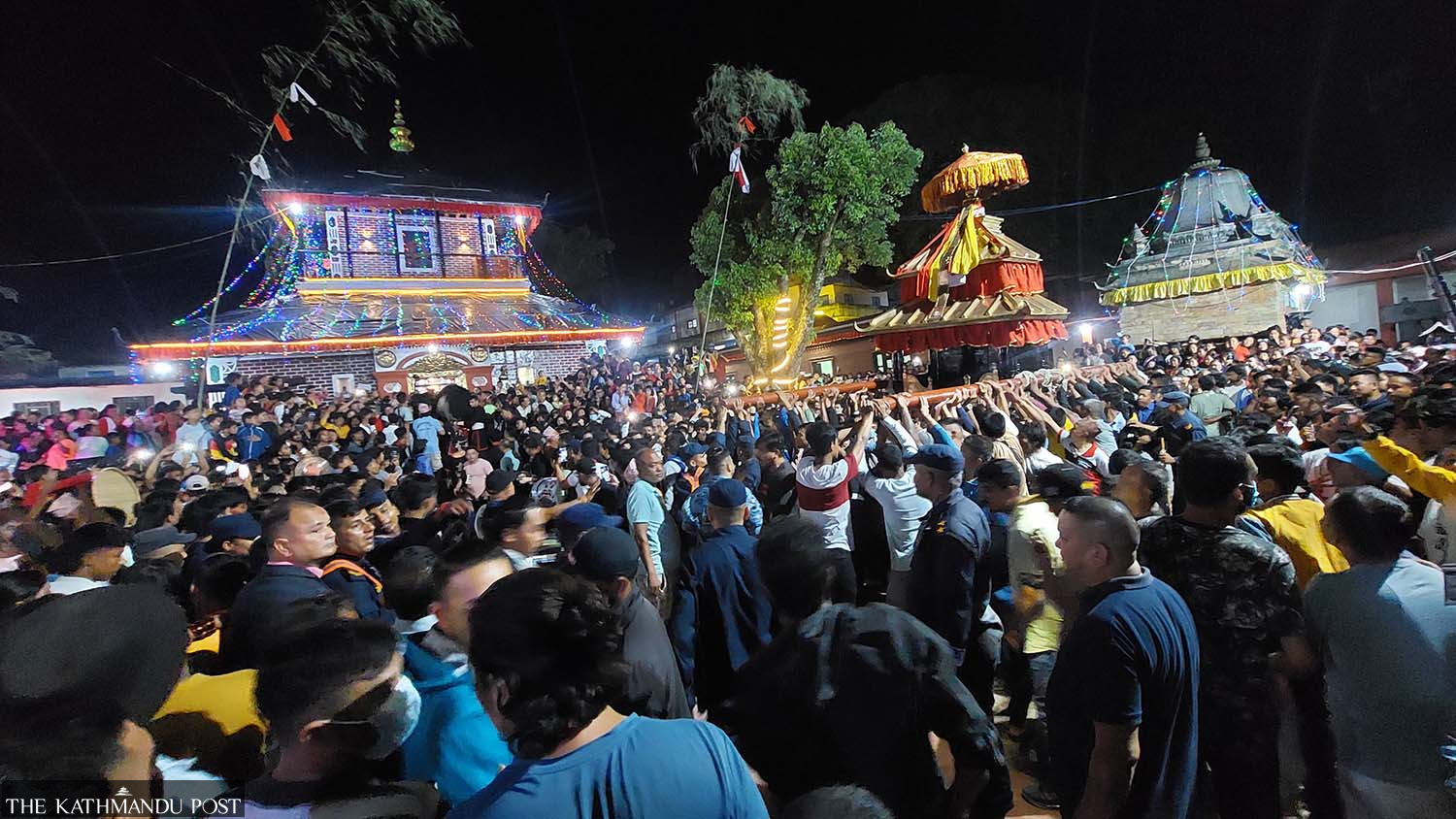
Thousands of devotees—including high-ranking government officials, military personnel, and local organisations—take part in the jatra each year. The festivities begin at the Bhagawati Temple, with the ceremonial chariot emerging in the afternoon.
It is accompanied by traditional bhajans, panche baja music, and cultural performances, circling through the Tansen bazar.
As per tradition, only after the administration, police, armed forces, and district officials offer worship at the temple can the general public present their offerings. The procession concludes with another circumambulation of the town after a ritual at the army barracks.
The Bhagawati Jatra is not merely a cultural heritage but a living chronicle of Nepal’s defiance against colonial forces.
In an age of shifting identities and global pressures, it stands firm, chariot wheels rolling forward in remembrance and reverence.




 8.12°C Kathmandu
8.12°C Kathmandu.jpg)
